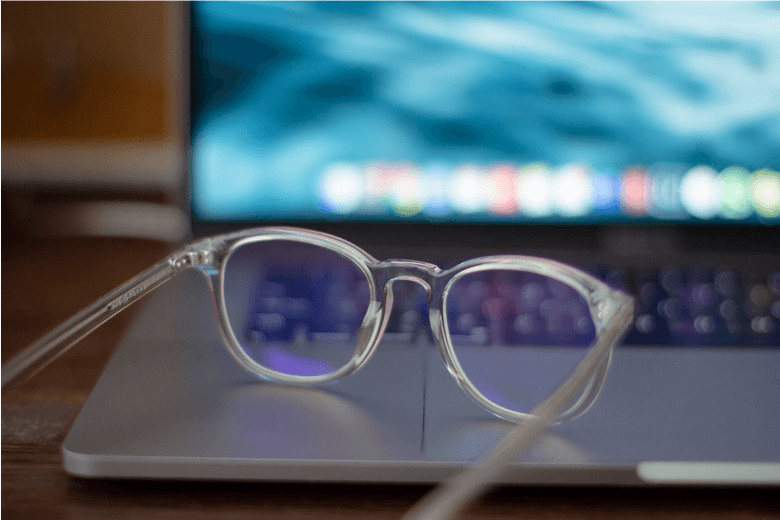
by
Veatch Ophthalmic Instruments | Tuesday, October 18, 2022 |

The human body undergoes significant changes as we get older—and the eyes are no exception. With aging, the lens of the eye begins to stiffen and lose elasticity, which in turn inhibits its ability to focus light directly onto the retina. The result is a gradual decline in our capacity to see objects up close, causing them to look blurry and out of focus.
This condition is known as presbyopia.
Symptoms of presbyopia typically occur around age 40 but may occur earlier or later in life. Most people notice that they have trouble reading small print, such as on their phone or a restaurant menu, and they may squint more often to help bring things into focus. Unfortunately, constantly squinting and straining the eyes can lead to eye pain and fatigue, as well as headaches.
Presbyopia is a type of farsightedness and generally considered a normal side effect of aging. However, a significant increase in screen time among Americans has made presbyopia a growing concern among eye care professionals.
How much screen time is too much?
The average American now spends well over 7 hours each day in front of a screen. This includes smartphones, tablets, computers, gaming devices, and television screens. What's more, experts predict that total screen time will surpass 8 hours a day by the end of this year. For many people, that equates to more hours spent looking at a screen than sleeping. Why is this a problem?
Humans were never meant to stare at a screen for hours on end. Yet, the downside of living in a digital age is constant interaction with screens—at work, at school, and at home. All that screen time puts additional strain on the eye muscles and may accelerate the progression of age-related conditions as well as worsen existing eye problems.
Simple ways to lessen the impact of screen time on healthy eyes
People with presbyopia get good at finding "workarounds" to make things easier: using reading glasses, increasing the font size (or even color coding the keys) on their electronic devices, and using a magnifying glass to see smaller print.
For those who haven't noticed any vision changes yet but spend a lot of time looking at a screen, there are a few simple things you can do to safeguard your eyes as you get older.
- Follow the 20-20-20 rule. This recommendation from the American Academy of Ophthalmology encourages people to take regular breaks from screen time as they work or scroll through social media: Every 20 minutes, shift your eyes to look at an object at least 20 feet away, for at least 20 seconds.
- Adjust your screen so that it's easier on your eyes. Adjusting the brightness level and the contrast on your computer, tablet, or phone is a simple way to lessen eye strain. You may also want to consider a screen filter to reduce glare.
- Spend plenty of time outdoors. According to a recent Washington Post article, too much screen time and not enough time outdoors increases the risk of vision problems in young children—but spending an extra 40 minutes outside each day lowered that risk, thanks to the bright natural light, wider field of vision, and more robust spatial patterns. Experts believe the same benefits apply to adults.
In addition to these helpful tips, it is also especially important to schedule regular eye exams to help maintain healthy vision.